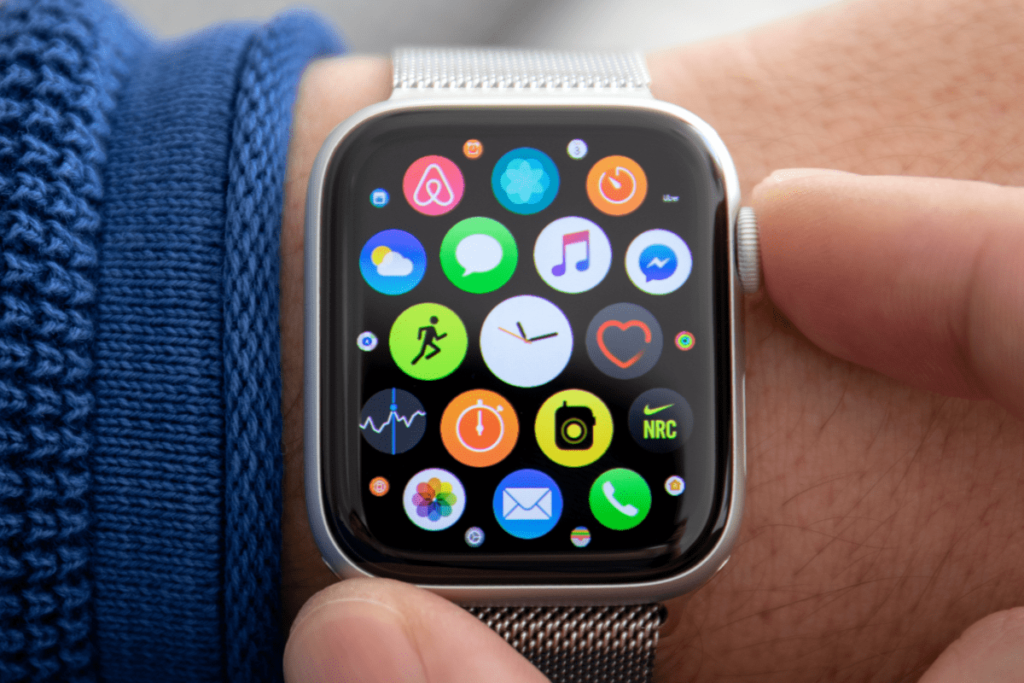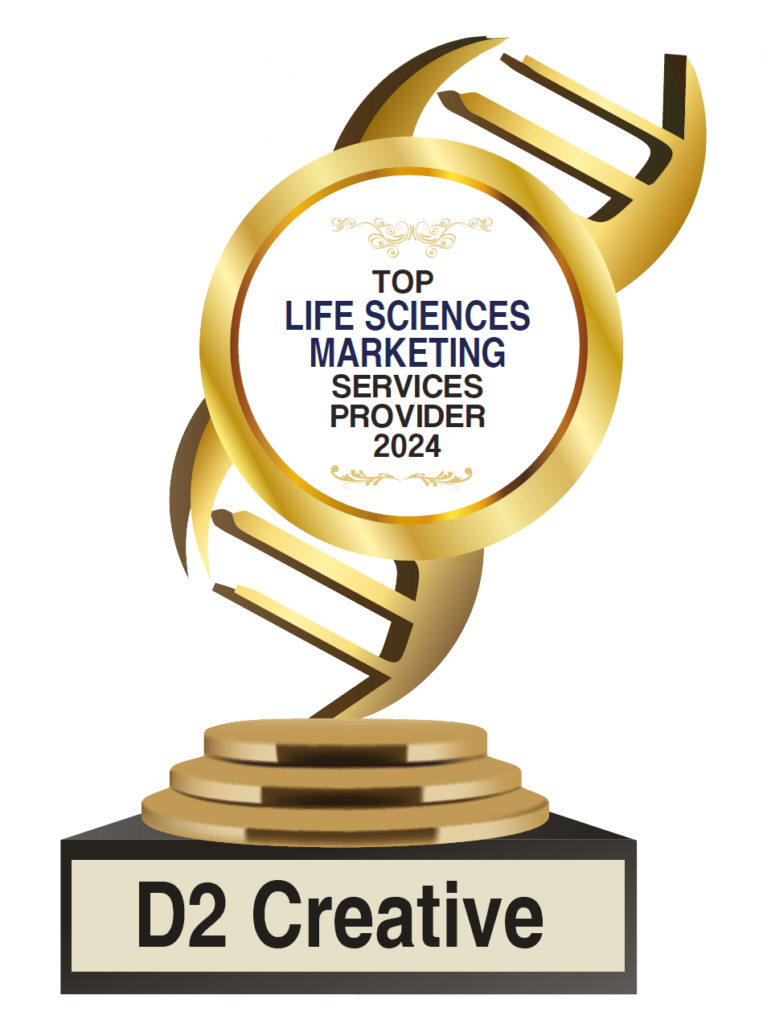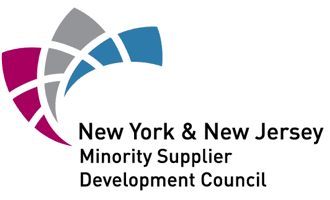This Year, Consider These Medical Device Industry Trends
D2 Creative has compiled the top trends we believe companies should consider throughout the remainder of 2022.
Trend: Wearable Technology Devices

Now more than ever, consumers are wearing medical devices like watches and wristbands – namely, Apple Watch, Samsung, Fitbit, etc. Users get the benefits of tracking their heart rates (sometimes even blood pressure, depending on what apps they download) and blood oxygen levels, as well as measuring activity levels and calorie expenditure through exercise output. Consumers can keep track of health records over time and quickly send out emergency calls/alerts if in a dire health situation.
The normalization of wearable devices has made consumers more comfortable using medical devices at home. However, companies need to create the right educational content to ensure all providers and their patients are able to utilize the technology correctly. Read a case study included in our whitepaper.

Trend: Virtual Reality/Augmented Reality
Virtual Reality (VR) and Augmented Reality (AR) can serve many functions in the medical device and life sciences industry. For example, VR and AR can help physicians and surgeons practice their medical care in real-time. They can plug into an environment to practice certain skills or use virtual calculators to see the cost-benefit analysis of implementing new technologies.
Companies that already leverage VR and AR experiences can market and promote themselves by highlighting the benefits of this trend in social media posts, specifically patient and physician case studies, as well as videos demonstrating the use of this technology in their practice. Download the whitepaper for a case study, as well as other industry trends and stats.
Trend: Remote Meetings
We saw the sharp rise of telemedicine during the pandemic, and patients are more open to this experience in their healthcare. Similarly, HCPs expect at least some of their meetings with sales professionals to continue virtually. There’s still room for medical device and life science companies to optimize how they leverage platforms and applications to conduct calls. This can include the use of video and call meeting software, as well as organizational platforms that keep track of patient and vendor appointments and keeps data secure.
Trend: Increased Digital Engagement
Even as the world reopens, medical device organizations must continue to embrace digital marketing and sales channels. 84% of surveyed healthcare providers found a new sales model that incorporates online self-service and virtual interactions to be as, if not more, effective than the pre-pandemic model (Accenture, 2021). Digital marketing services from an agency that specializes in medical device and life science organizations can get companies in touch with other businesses and consumers that want their products and services.




